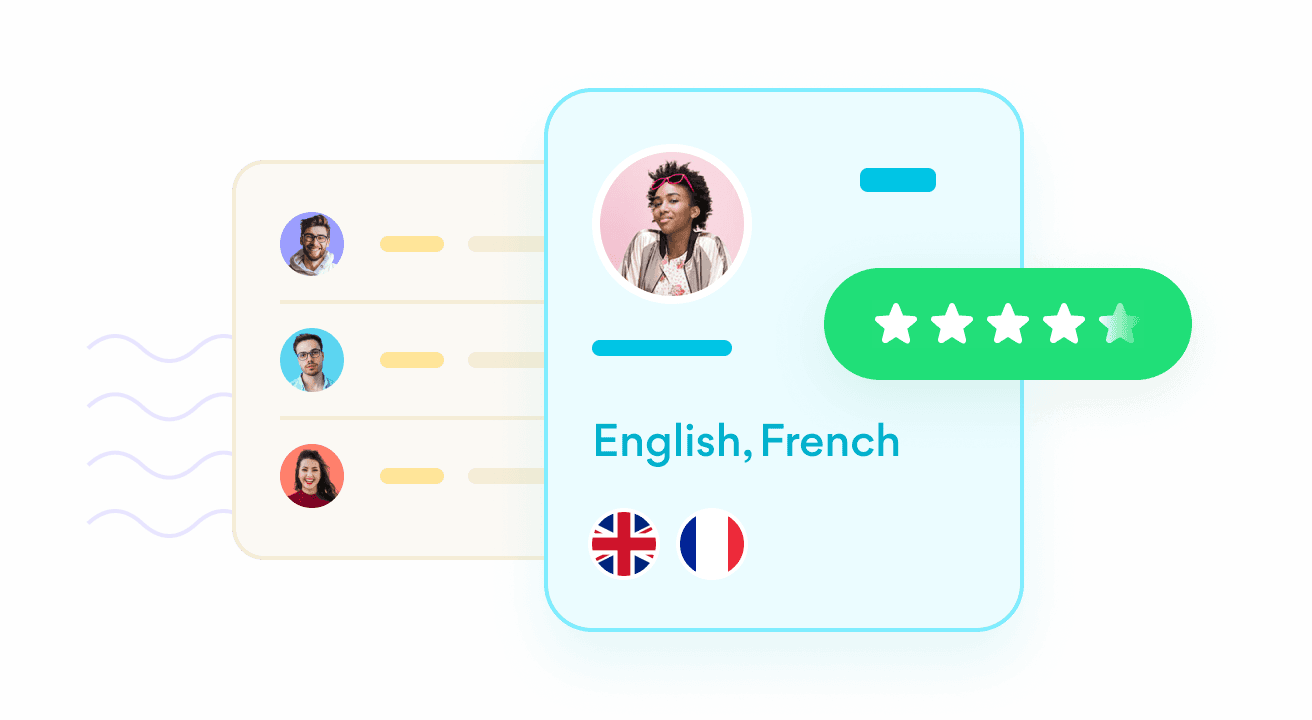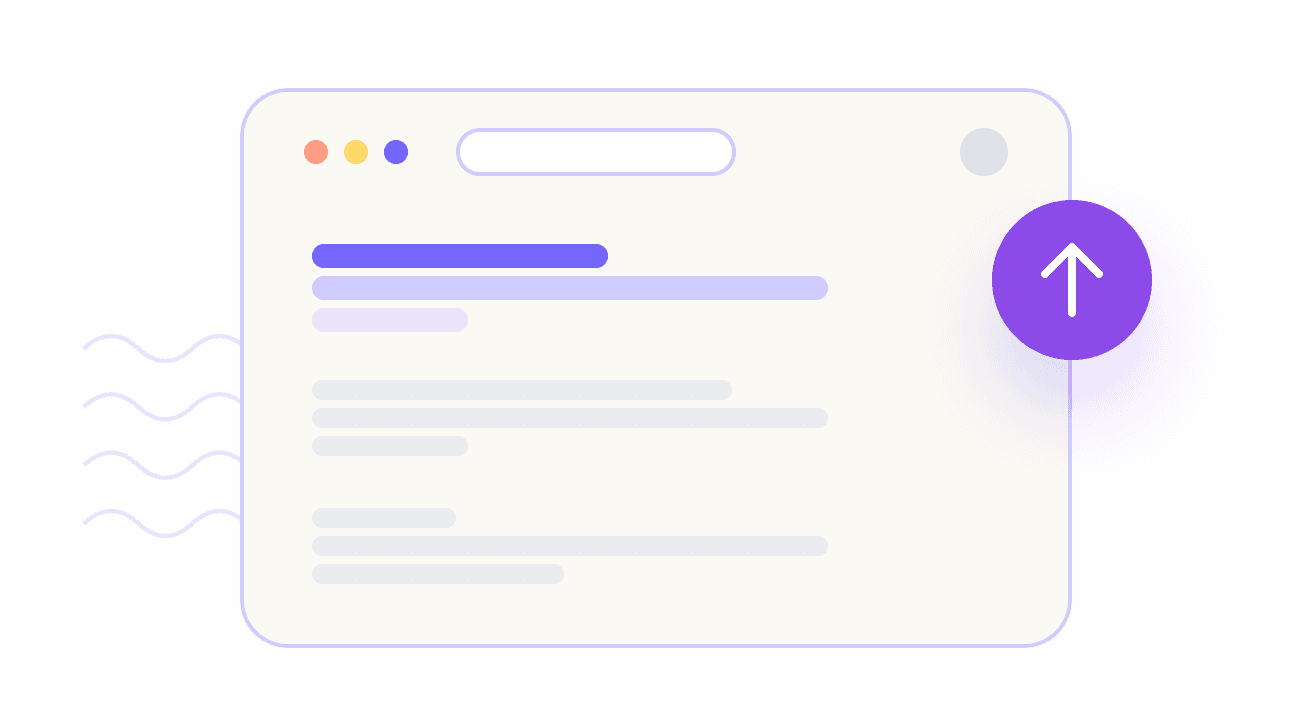Chinese-traditional to Punjabi Translation
ੴ ਸਤਿ ਨਾਮੁ ਕਰਤਾ ਪੁਰਖੁ ਨਿਰਭਉ ਨਿਰਵੈਰੁ ਅਕਾਲ ਮੂਰਤਿ ਅ
Why Should You Translate Your Content?
By distributing content in multiple languages, you increase your customer base, which in turn might be able to make more sales.

Be local, bo vocal
Linguistic cultural translation is different from translation services. Culture has nothing to do with a particular language, and although a better translation is often more memorable, linguistic translation is not enough to gain popularity. Your message should be fabricated with the use of dialects and local customs.

Speak their language
Adding a foreign language translation to your content allows you to expand your audience and reach a new market. You'll be surprised how much larger or smaller your audience can be depending on the native language of your target audience. For example, a Spanish-speaking person in the United States would rather read an English post translated into Spanish, instead of a Spanish post in Spanish. They would rather relate to an English-speaking person who translated their post into their native language, so that they can enjoy and understand what is being said.

Break barriers
More people mean additional buyers. This essentially means you are reaching more customers by including other language translations. While social media is a viable outlet for you to connect with people all over the world, if you have a fan base in other places of the world and they speak other languages, then you should tap into that network by creating content that is translated so others can understand.
About Chinese-traditional to Punjabi Translation Tool
This exciting new tech was only made possible by the Google Translation API, which translates a word, phrase, or sentence from your language into another language within seconds. All you have to do is type your translation in the innovative text box found in the left-side bar of the page - it's perfect! You'll be hearing "Google Translate is amazing!" in no time.
Google Translate can be a useful tool even though it is not always accurate. This is because you can often spot places where it is inaccurate, and then fix them yourself! You can easily translate up to 500 characters in one go. You can try out the 500 character limit for yourself and see whether you can understand it or not.
Millions of people from around the world speak Chinese-traditional . Chinese-traditional may appear to be like a language that people are already familiar with, but for others who are not fluent in this language, it can appear to be difficult. For these individuals, a free online translator app like ours can be particularly useful, as it allows users to convert written or spoken Chinese-traditional into Chinese-traditional and it allows users to do so for free.
Commonly spoken Chinese-traditional to Punjabi phrases
我不確定。
ਮੈਂ ਪੱਕਾ ਨਹੀਂ ਕਹਿ ਸਕਦਾ.
我非常忙。我現在沒時間。
ਮੈਂ ਬਹੁਤ ਵਿਅਸਤ ਹਾਂ। ਮੇਰੇ ਕੋਲ ਹੁਣ ਸਮਾਂ ਨਹੀਂ ਹੈ।
停止!
ਰੂਕੋ!
非常感謝。
ਤੁਹਾਡਾ ਬਹੁਤ ਧੰਨਵਾਦ ਹੈ.
好的。
ਠੀਕ ਹੈ।
我喜歡她。
ਮੈਨੂੰ ਉਹ ਪਸੰਦ ਹੈ।
我感覺很好。
ਮੈਂ ਅੱਛਾ ਮਹਿਸੂਸ ਕਰ ਰਿਹਾ ਹਾਂ.
而已。
ਇਹ ਹੀ ਗੱਲ ਹੈ.
歡迎
ਸੁਆਗਤ ਹੈ
我聽不見你。
ਮੈਂ ਤੁਹਾਨੂੰ ਸੁਣ ਨਹੀਂ ਸਕਦਾ।
Frequently Asked Questions
Our translation service uses Google or Microsoft neural net based services to translate text. When you type a word, sentence or phrase in Chinese-traditional, our system will send it to the cloud where it is analyzed using Deep Learning On Google/Microsoft/IBM/Amazon/Facebook cloud servers. Deep learning on Google/Microsoft/IBM/Amazon/Facebook servers is used to check the text in Chinese-traditional, they then return what they think is an accurate translation for that text in Punjabi.
Of course! Our content translation application is 100% FREE! You can use it for personal as well as commercial purposes!
Unfortunately, at the moment, you must use the tool online. You cannot download Chinese-traditional to Punjabi translation tool on your device.
It's a cinch to translate Chinese-traditional to Punjabi. Google and Microsoft APIs drive this translation service, which provides near-instantaneous results.
Machine translations can help readers gain some insight into the content’s general message. For instance, if you were to translate from Chinese-traditional to Punjabi, you could use Google Translate to get a starting point. Google Translate goes through all the possible combinations compared to the words and phrases that make up both languages and matches them up with other words equal in both languages. This way the program can figure out what words and phrases mean when translated, and thusly provide near accurate translations. For accurate and contextual translation, visit Pepper Content’s language services (https://www.peppercontent.io/translation-services/) and get your content translated by expert translators!